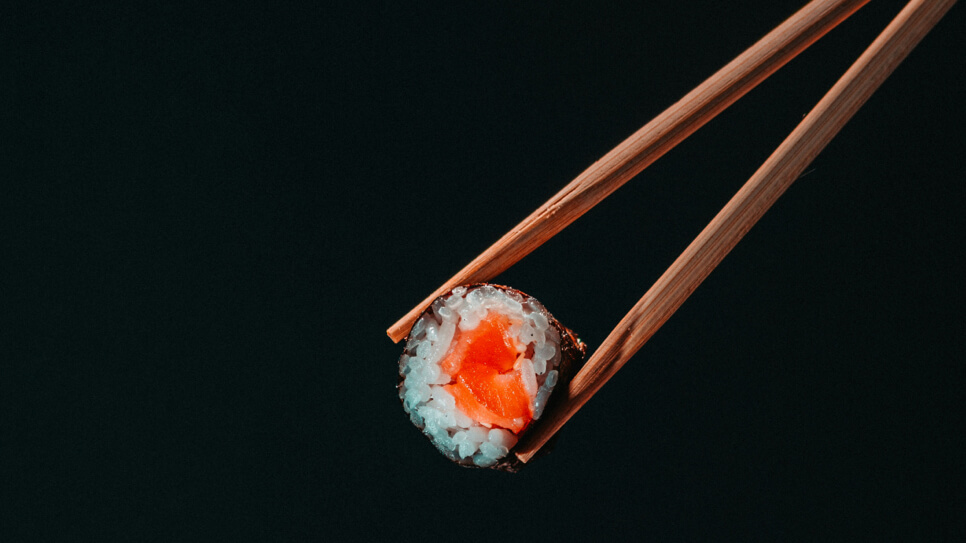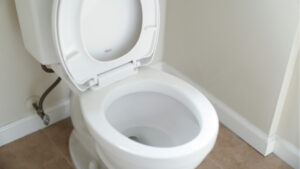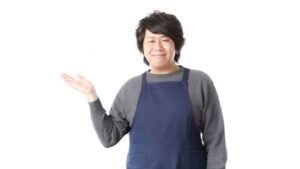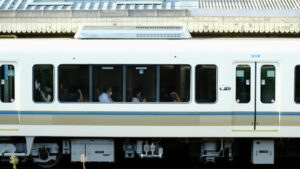Japan’s food culture has been shaped over a long history, and its table manners and restaurant rules include distinctive customs. For visitors from abroad, understanding these points will help you enjoy dining in Japan more comfortably. This article offers a clear introduction to essential Japanese dining etiquette—from greetings before and after meals and how to use chopsticks, to behavior at the table and manners in restaurants. Learn them, put them into practice, and make the most of your culinary experience.
Contents
Learn the Basics of Japanese Dining Etiquette
Greetings Before and After a Meal
The Meaning and Use of “Itadakimasu” and “Gochisousama”
In Japan, meals begin and end with the expressions “いただきます (itadakimasu)” and “ごちそうさま (gochisousama).”
“Itadakimasu” conveys gratitude to the people who prepared the meal and to the ingredients themselves, and also signals,
“I humbly receive this meal.” It is common to press your palms together and make a small bow before eating.
“Gochisousama” is said when you finish eating to express thanks—“Thank you for the delicious meal.” After the meal,
you likewise place your hands together to show appreciation.
Chopstick Use and Etiquette
How to Hold and Use Chopsticks Correctly
Chopsticks are essential to Japanese dining. Hold them lightly with your dominant hand using the thumb, index finger,
and middle finger. Move only the upper chopstick while keeping the lower one steady; this makes it easier to pick up
even small items. As a rule, do not stab food—gently grasp it between the tips.
Chopstick Actions to Avoid (Stabbing, Passing, etc.)
Certain actions are considered bad manners. Avoid stabbing food with your chopsticks, stirring around inside dishes,
or pointing the tips at others. In particular, do not pass food directly from your chopsticks to someone else’s
chopsticks (called hashi-watashi), as it evokes funeral rituals and should be strictly avoided.
How to Use Chopstick Rests and Sleeves
When setting your chopsticks down during a meal, use a chopstick rest. If none is provided, you may place them on the
paper sleeve. Avoid resting chopsticks directly on dishes or the table. (You may sometimes see people lay chopsticks
across a dish, but strictly speaking this is not correct etiquette.)
Behavior During the Meal
On Making Sounds While Eating (Soba, Ramen, etc.)
In Japan, making noise while eating is generally considered impolite; however, slurping is
acceptable for noodles such as soba and ramen. In fact, slurping can help you better enjoy
the aroma and flavor of the noodles, and for many Japanese people it’s also a way to express
that the food is delicious.
How to Drink and How to Hold Cups
When drinking, hold the cup or bowl with one hand and lightly support the bottom or side with
the other to give a polite impression. Tea and sake are often held with both hands. Sip slowly,
and even when finishing your drink, avoid rushing.
Sharing Dishes and Portioning
When sharing dishes, it’s customary to use serving chopsticks or a serving spoon. Avoid taking
food directly from shared plates with your own chopsticks (although you may sometimes see people
do this depending on the situation). When handing a portion to someone, handle it carefully and
place it so the other person can easily take it.
Restaurant Etiquette in Japan
From Entering to Ordering
Being Shown to a Seat and How to Choose
When you enter a restaurant in Japan, staff will warmly greet you with “いらっしゃいませ (irasshaimase).”
It’s standard to take the seat you’re shown, but if you can choose—counter, table, or a private room—pick what suits
your group size and occasion. Tell the staff your preference and they’ll be happy to guide you. During busy times,
you may need to wait; taking turns and following the queue or waiting list is part of good manners.
Basic Etiquette When Ordering (Calling Staff, Looking at the Menu)
In Japan, it’s generally not impolite to call a server when you’re ready to order. A polite
“すみません (sumimasen)” is appropriate. Look over the menu first, and if pronunciation is difficult, pointing to the
item name is perfectly acceptable.
How to Express Thanks to Staff
After ordering or when staff bring dishes or answer questions, a simple “ありがとうございます (arigatou gozaimasu)”
leaves a good impression. Showing respect with polite language and a friendly smile is appreciated. When leaving, saying
“ごちそうさまでした (gochisousama deshita)” or “ありがとうございました” lets you depart on a pleasant note.
Table Manners During the Meal
Handling Tableware and Tidying Up
Handle dishes gently and avoid putting them down abruptly or clattering them. In public settings like restaurants,
it’s standard to leave clearing to the staff, but in homes or casual situations, helping to tidy up is often appreciated.
Smartphone and Photo Etiquette
Keep smartphone use to a minimum during meals, as it can interrupt conversation or bother others. If you take photos,
be considerate of those around you and turn off the flash. When posting images of the restaurant or dishes on social media,
follow the venue’s rules and respect other guests’ privacy.
How to Settle the Bill and Say Thanks
Receiving the Check and Payment Methods
In many Japanese restaurants, the check (bill) is placed on your table when it’s time to pay. When a staff member brings it,
simply take it. Payment is typically made by cash or credit card. If paying by card, let the staff know; they will usually
bring a payment terminal for you.
About the Lack of a Tipping Custom
Japan has virtually no tipping culture. Even if the service is excellent, there is no need to leave an additional tip.
In fact, attempting to tip may cause confusion. It’s best to show appreciation for good service through your words and demeanor.
How to Say “Thank You”
When leaving, express your thanks to the staff with a clear and cheerful “ありがとうございました (arigatou gozaimashita).”
You can also say “ごちそうさまでした (gochisousama deshita)” after finishing your meal to show gratitude for the food.
These expressions are an important part of Japanese dining etiquette.
Tips to Enjoy Japan’s Food Culture Even More
When to Toast and What to Say
At the start of a meal that includes alcohol, it’s customary to make a toast. Hold your glass and
lightly clink glasses with others. Say “乾杯! (Kanpai!)” and then begin drinking—that’s considered good manners.
Enjoy Japan’s Food Culture by Following Dining Etiquette
Japanese dining etiquette is rooted in gratitude for the people who prepare the meal and for the ingredients,
as well as in showing respect for others. By learning the basics—saying “いただきます (itadakimasu)” before eating
and “ごちそうさま (gochisousama)” after, using chopsticks properly, behaving considerately during the meal, and
observing manners in restaurants—you’ll find it easier to build good rapport with those around you. Since Japan
has no tipping culture, it’s important to express appreciation through your words and demeanor. With an
understanding of these customs and by following them, dining in Japan becomes a richer and more enjoyable experience.












